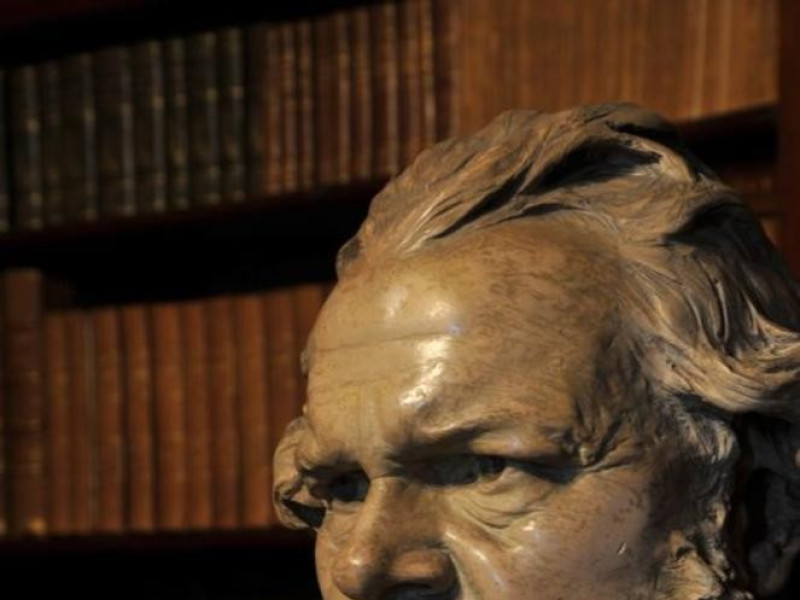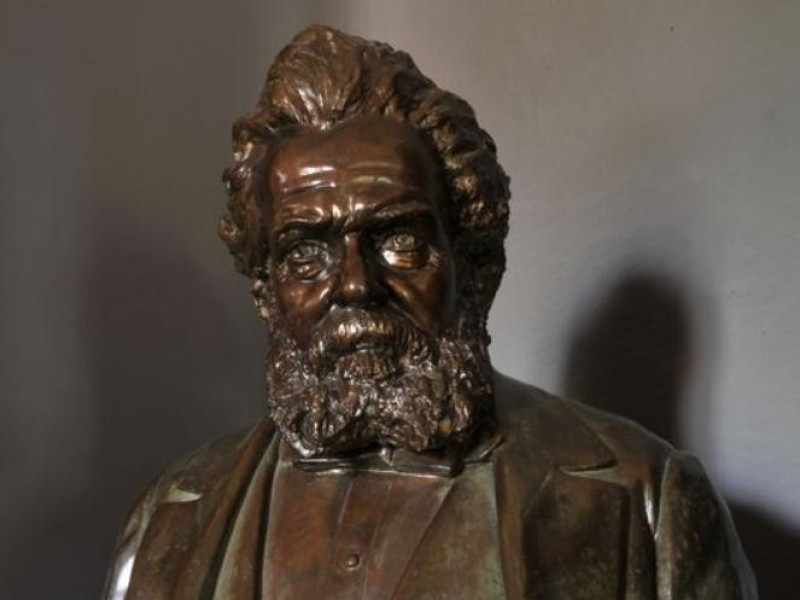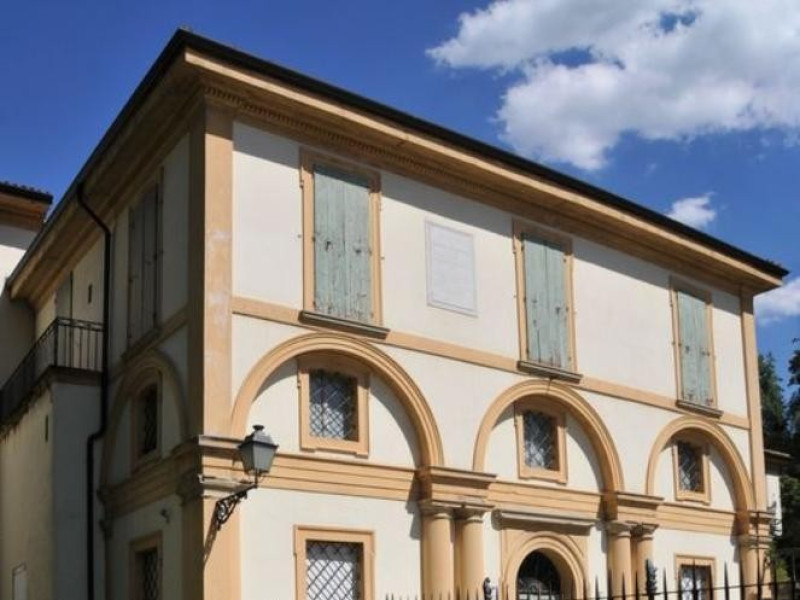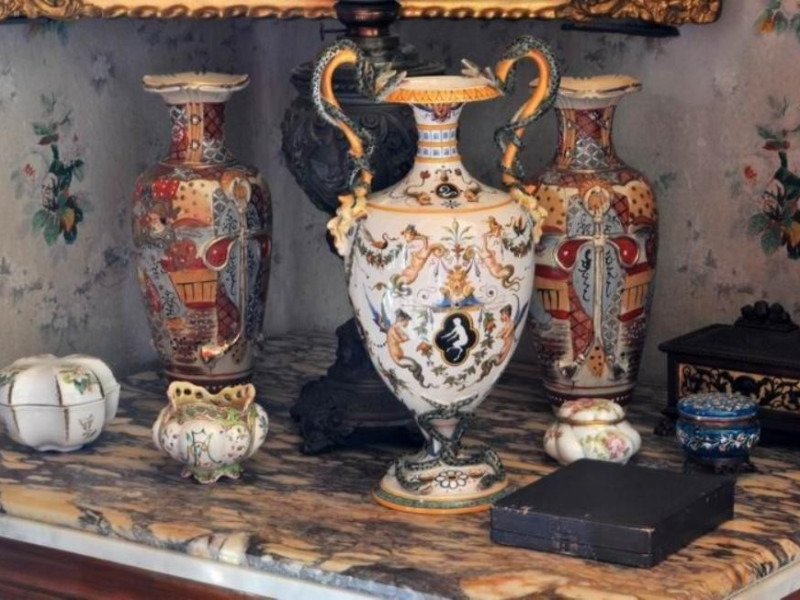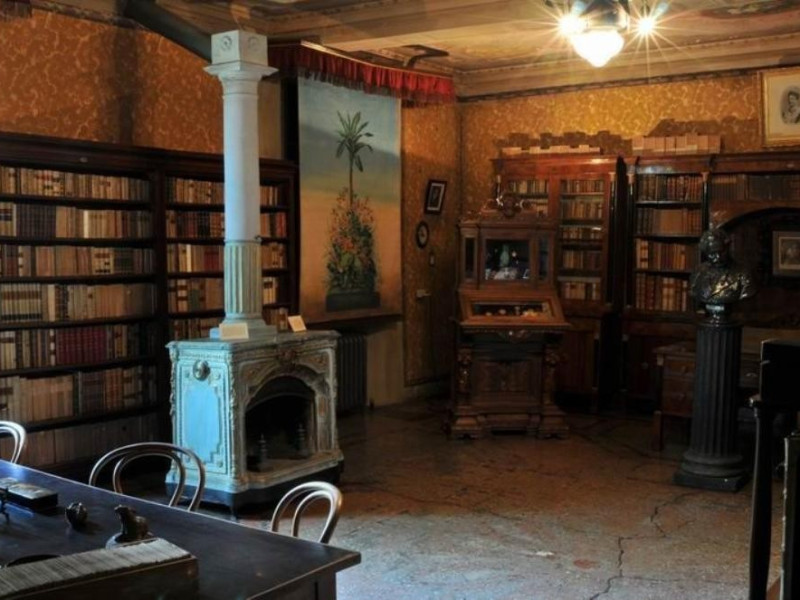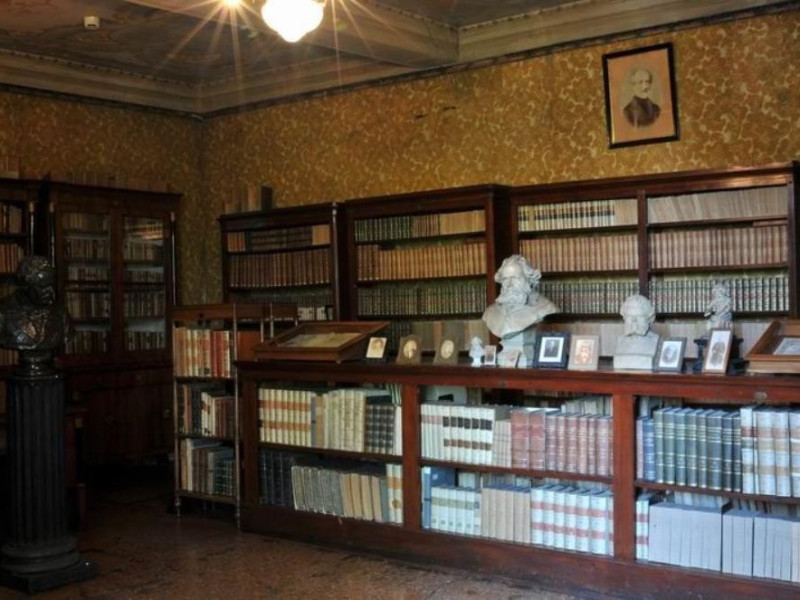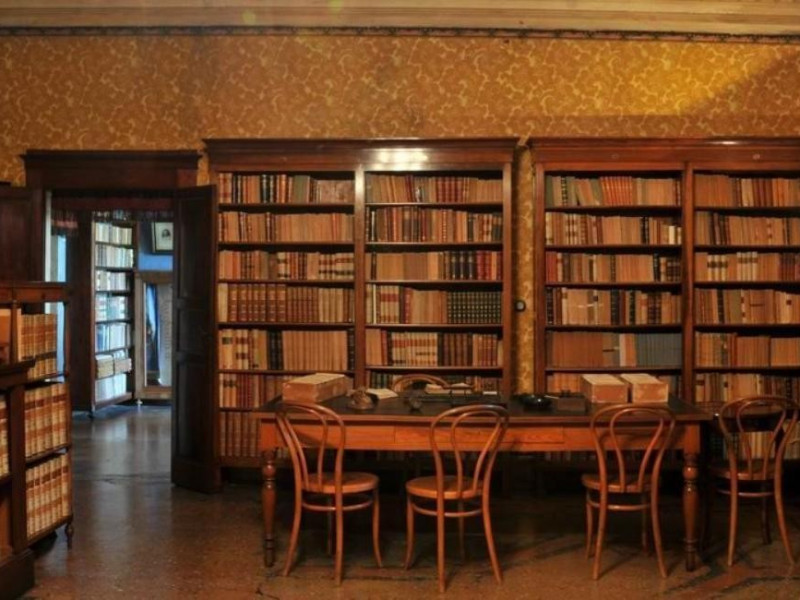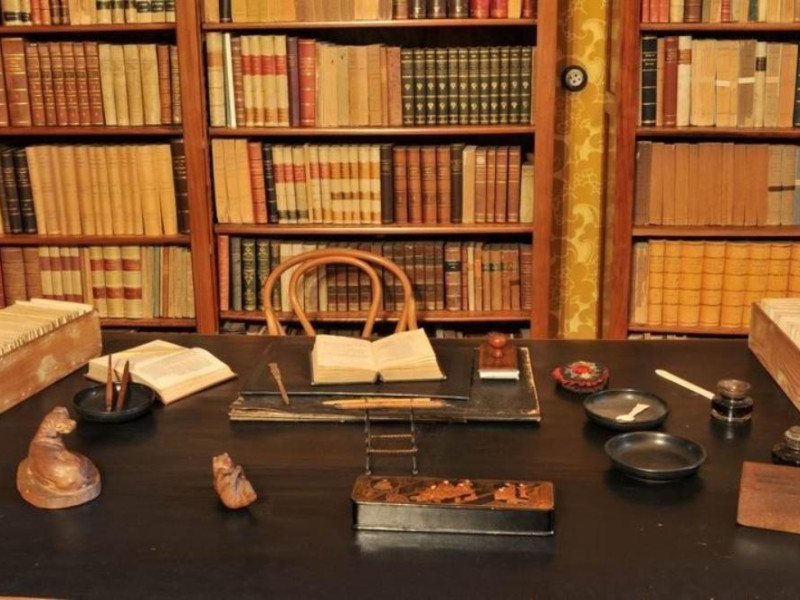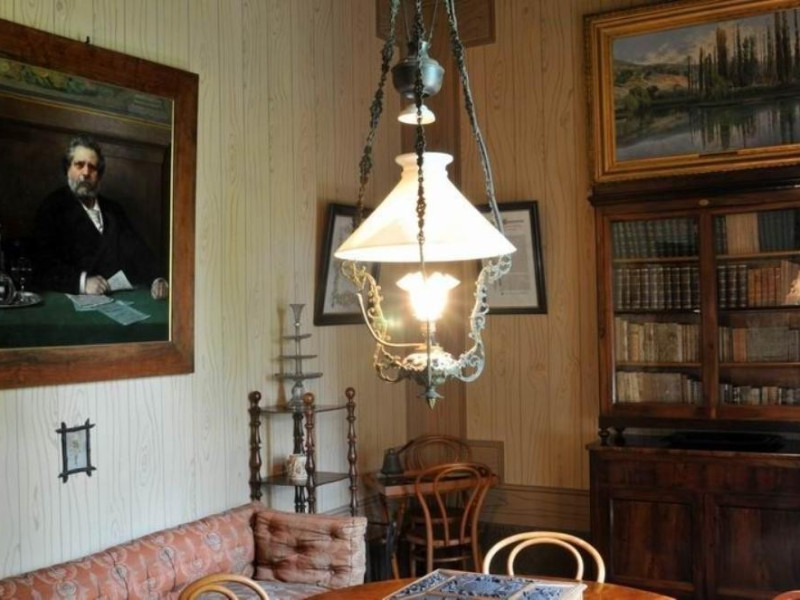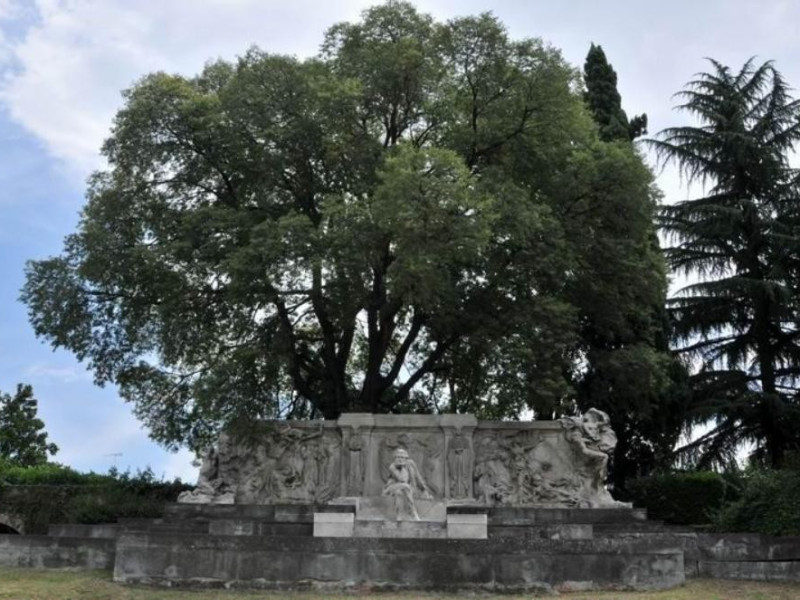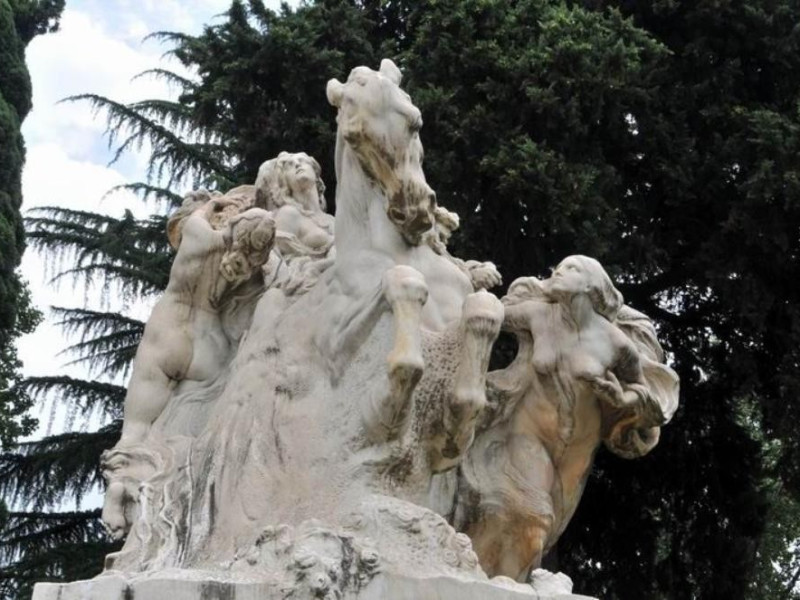Casa Carducci
Open the public in 1996 after a long period of closure for renovation, Casa Carducci has regained the appearance it had in 1921, the year of its inauguration. It was then Sorbelli Albano, a disciple of Carducci and for many years director of the Library dell'Archiginnasio, to lead the reorganization of the archival and library materials and the faithful reconstruction of the environment of everyday life of the poet. The building, which dates back to 1500, was for at least two centuries a place of worship of the Brotherhood of Santa Maria della Pietà del Piombo said. In 1798, following the Napoleonic suppressions, the premises were converted into homes. Since 1890 there resided Carducci, present in Bologna since 1860, the year in which he had been called to teach Italian literature at the University. Purchased when it was still inhabited by the poet, by Queen Margherita - just to avoid that went missing assets collected years of study - the mansion was donated to the city in the aftermath of the death of Carducci, in 1907. Decorated in the style of middle-class houses of the late nineteenth century, the apartment retains the original layout. The dominant element is the rich library of forty thousand volumes, and includes many rare editions, ottocentottanta sixteenth and commented and annotated texts from the same Carducci. The books cataloged and sorted by the poet, author or subject, are distributed in six areas: foreign authors in the entrance hall, Italian literature of the eighteenth and nineteenth centuries and texts on the Risorgimento in the second room; in the study, around the table and work on the walls include the collection of editions of Dante, Latin classics and reference works. Books are arranged also in the bedroom and in the dining room. In the four cabinets of the corridor is preserved archival material with letters and manuscripts. On the walls in the various rooms, busts and portraits are visible Carducci. Next to the building, leaning against the city walls is the memorial garden, dominated by a monument to Carducci. Carved in white Carrara marble by Leonardo Bistolfi, was inaugurated in 1928, four panels depicting complex allegories on the literary and historical events of the Risorgimento backdrop to a statue of the poet sitting in pensive attitude.
